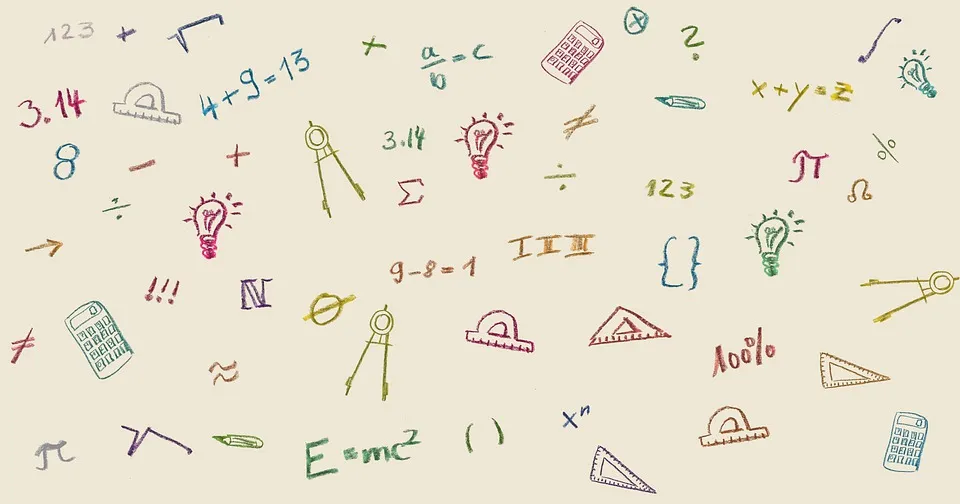Hi there. Here is a guide on function notation in mathematics. This concept kind of has applications but this concept is a part of the algebra toolbox for math students.
Some math images rendered with Quicklatex.com.

Topics
- Why f(x) Notation Instead of y =
- Substituting Number Values For x With Function Notation
- Advanced Examples
- Adding & Subtracting Functions
Why f(x) Notation Instead of y =
Suppose you have two equations that have y = to something. Let's say you have y = x + 2 and y = 3x + 10. If you have to substitute x = 1 into y, which y equation do you choose? The first one or the second one?
This is where function notation and f(x) comes in. We can rewrite the above equations as f(x) = x + 2 and g(x) = 3x + 10. Instead of saying substitute x = 1 into the function f(x) we can say obtain the value of f(1) (pronounced f of 1).
Function notation is a compact and simplified way of substituting values of x in different equations and functions.
Substituting Number Values For x With Function Notation
Let's take at some example of function notation with substituting numbers for x.
Example One
Let f(x) = 5x - 7, what is the value of f(10)?
Replace the variable x with the number 10. Then apply order of operations to get the answer of 43 (50 - 7).
Example Two
What is the value of g(-2) if g(x) = x^2 - 7?

Example Three - Exponential Function
Evaluate h(3) if h(x) is ten to the power of x.


Advanced Examples
The idea of function notation is not super complicated but some examples can get a bit technical and algebra intensive. Here are a few tougher examples.
Example One
In f(x) = 5x + 2, what is f(2x)?
At first this looks confusing. What you have to do is replace the input x with the new input of 2x.

Example Two
In g(x) = 2x - 1, what is g(x + 7)?
Replace x with the new input of x + 7. Afterwards use algebra techniques to expand and simplify.


Adding & Subtracting Functions
This concept of adding and subtracting fractions is a natural extension of function notation. I could write another post dedicated to this but I have decided to put some stuff here.
You can combine adding & subtracting functions with evaluating them given a value of x.
Example One
If f(x) = x - 7, what is the value of f(1) - f(3)?
The value of f(1) is negative 6 and the value of f(3) is negative 4. When you compute f(1) - f(3) it is -6 - -4. The answer here is negative two.

Example Two
With f(x) = 2x + 1 and g(x) = x - 3, what is the value of f(1) + g(3)?
From the function f(x) the value of f(1) is 3. The value of g(3) is 3 minus 3 which is equal to 0. Adding the values of f(1) and g(3) is 3 plus 0 which gives the answer of 0.


Posted using STEMGeeks